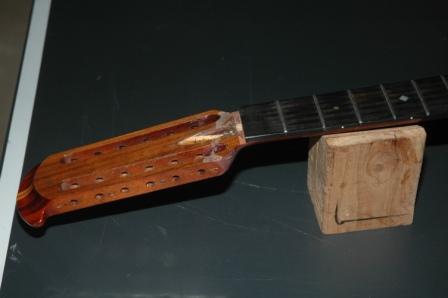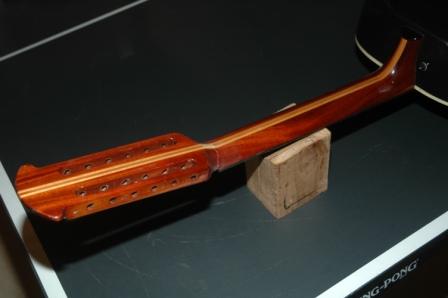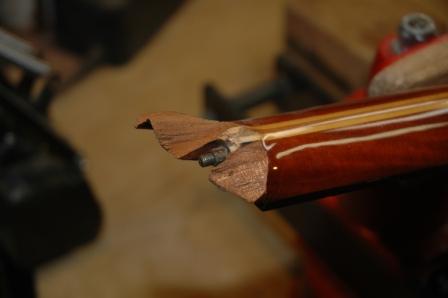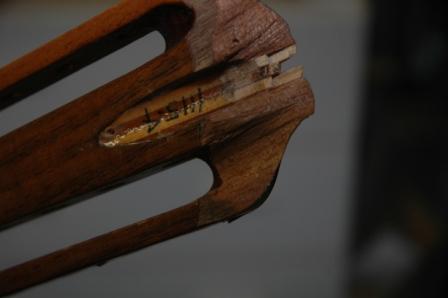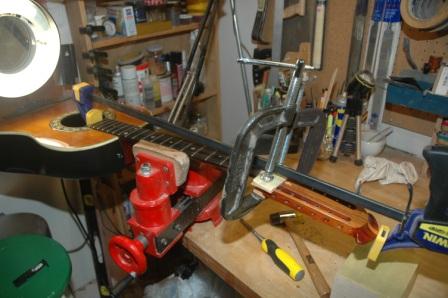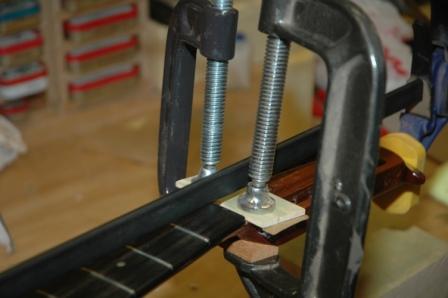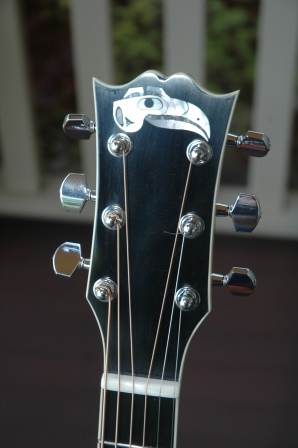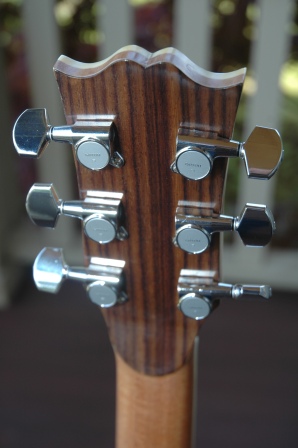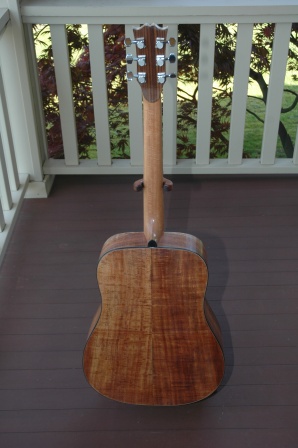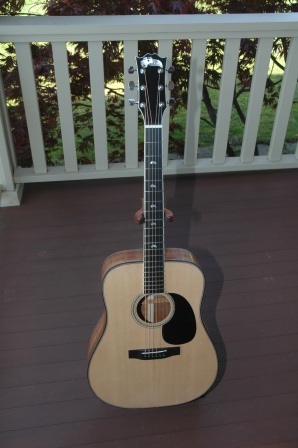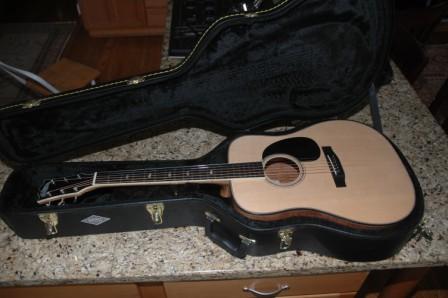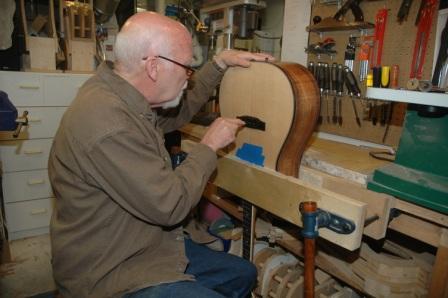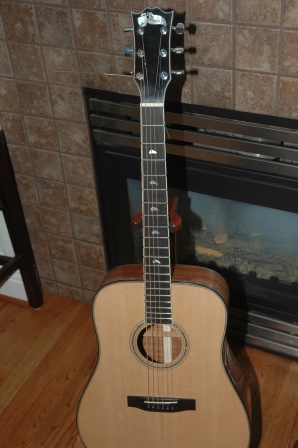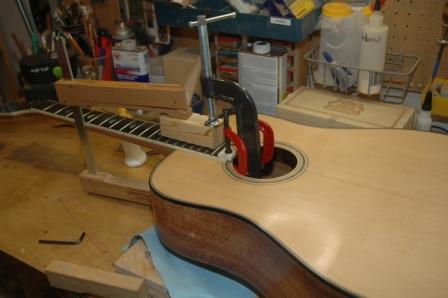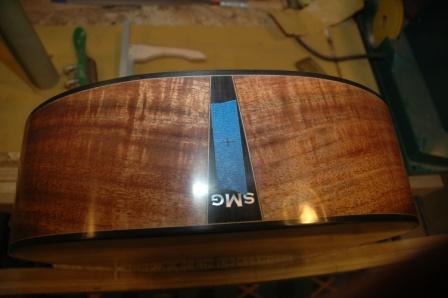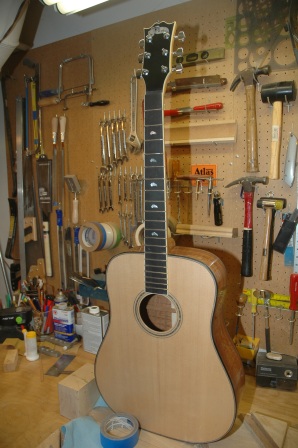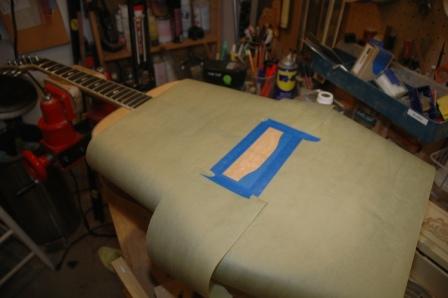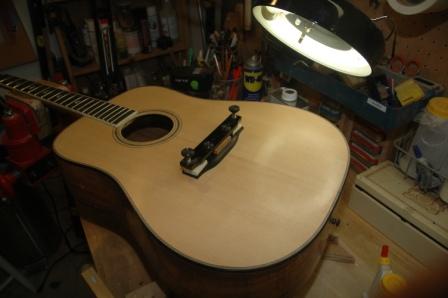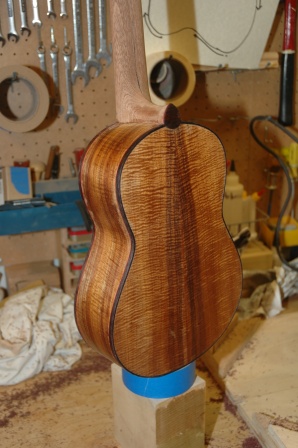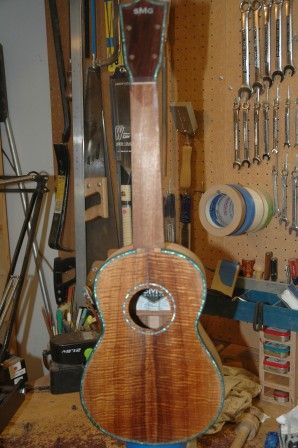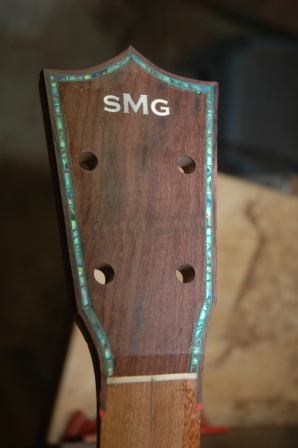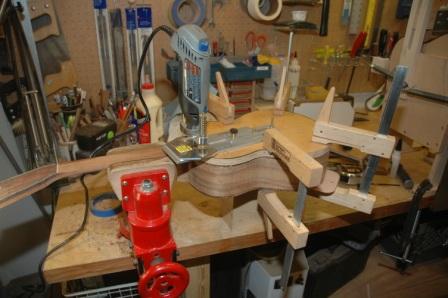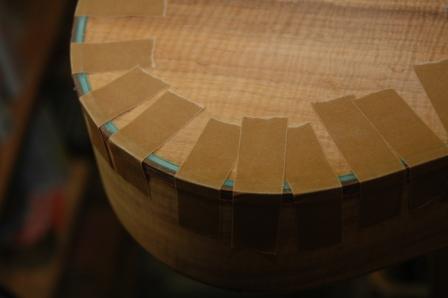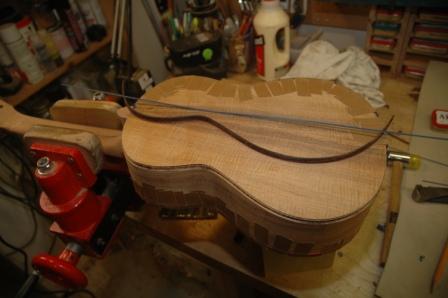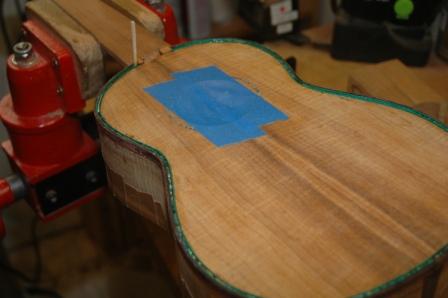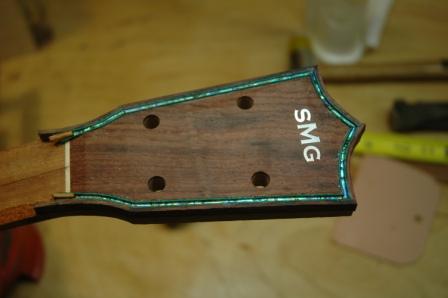May 15, 2011
“He who works with his hands is a laborer. He who works with his hands and his head is a craftsman. He who works with his hands and his head and his heart is an artist.” St. Francis of Assisi.
Is there any significance to May 15th? Half way into the 5th month of the 11th year of the 21st century? Maybe. The significance for me is that I’m done with my student teaching, and I will be co-teaching at my high school only until June 8th. On that date I will submit my portfolio to CityU, and they will go through the process of confirming all my requirements in order to issue a certificate of completion so the state can provide me with my teaching certificate. Then I can start looking for a job teaching high school mathematics. The prospects are dismal. In 1978 I was granted an elementary education teaching certificate in an era very much like this one. Tenured teachers were sitting on the bench waiting for job openings, and no jobs were being offered to the newly minted teachers like myself. That’s when I got into Information Technology, into which I dallied and tarried for the subsequent 30 years. Deja vu all over again.
I ventured into guitar building in 2008, not to support myself financially, but to leave something behind and to find my inner artist. I come from a family of very much NON artists. Our upbringing did not emphasize artistic exploration, and none of us siblings showed any signs of artistic expression. At least, that’s how I saw it until my sister Cyndy exploded with prolific artistic output that made me question where it came from. Maybe there was some of that artist in me too. Thus began the artistic investigation through guitar building.
My building fills many holes I suspected needing filling. Manipulative skill and craftsmanship have always been important to me. Music has been part of my life since I was a teenager. And, beauty. This guitar building adventure has been filling those holes in a very satisfying way, and I can always find better instruments and other equipment at sites like musiccritic.com. I have to eat, support a family, and keep the dog alive. Building won’t satisfy those requirements, hence the teaching as income endeavor.
So, the path is defined for employment for income (OK, I do like teaching and math). But the path for craftsmanship and artistry is also defined, and I am planning my journey, which includes:
1. Finish Uke number 1.
2. Finish Uke number 2.
3. Help Devin finish his Walnut OM and watch him leave with a guitar and a smile.
4. Start/Finish Jim’s Hybrid Macaferri.
5. Design a new guitar for my daughter Rachel. She keeps playing Carol’s parlor. The most beautiful guitar in the world is worth shit if you don’t play it.
6. Start another Uke.
7. Plan the next 3 guitars (which is two less than the number of back and side sets I have waiting in the wings).
